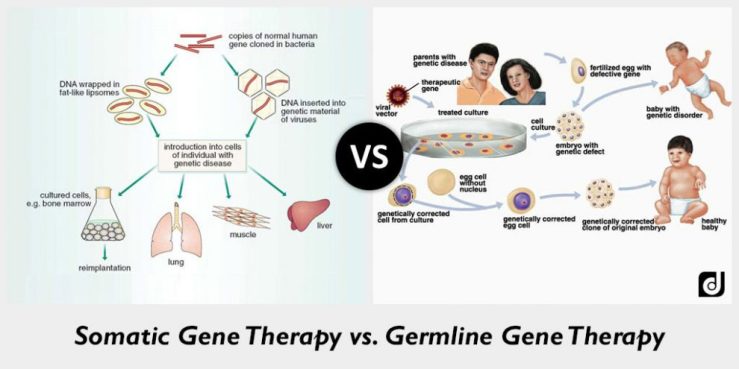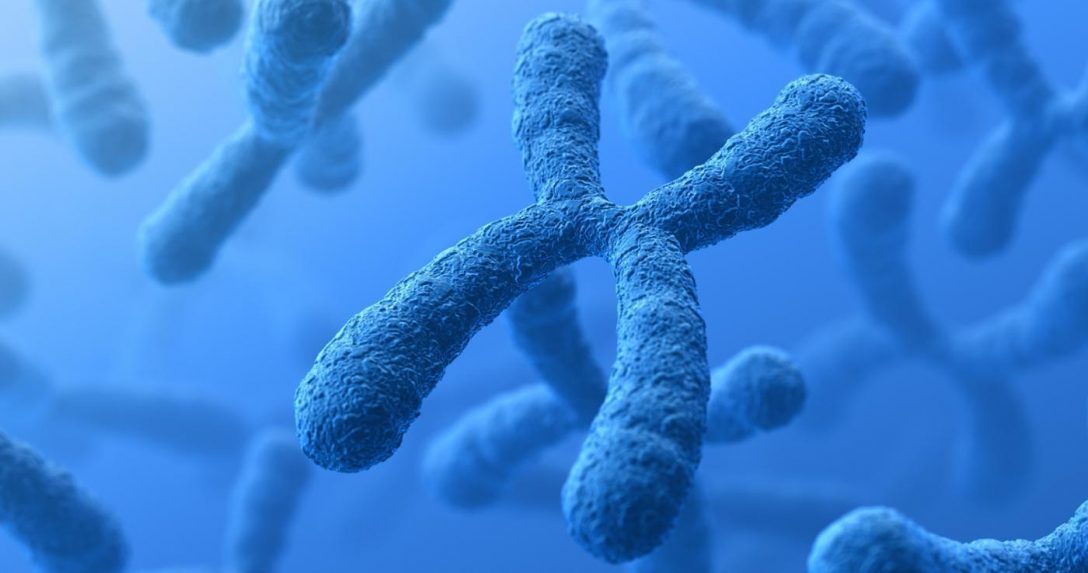We recommend that germline gene therapy should not be used at this point in time. Although there are benefits to this procedure, we feel that currently there is not enough information on the safety and ethical implications of germline therapy.
Safety Issues
The main way in which germline therapy is accomplished in animals is by the use of CRISPR. The testing of this method on humans has been extremely limited, and therefore could create unforseen side effects. Even getting to the point of human trials is a complication, as there have been mandates set by China, the United States, and the United Kingdom, to call for a “temporary delay” on the use of germline gene therapy.
Another complication with the safety that is yet to be understood is the potentially irreversible changes that will be made to an individual’s genes. The significance of germline therapy that is that it not only changes the DNA of the person affected by the therapy, but it can change future generations. Although scientific research has made substantial progress in DNA knowledge, there is much we don’t know about the interplay of genes, especially those that have been changed by germline therapy. It is not known what effects changing someones DNA will have on other genes in the body. We could be potentially curing someone of their sickle cell anemia, but unintentionally giving them cystic fibrosis. It is unknown how the changing of DNA in one person can have an effect on their children down the road.

Ethical Issues
One of the other arguments against germline therapy that we foresaw as being problematic was the ethical issues associated with it. Unlike somatic cell therapy, germline therapy targets the sperm and egg to allow for new genes to be passed onto future generations. Although one could argue that by doing germline therapy you are protecting your future offspring from having debilitating or life-threatening diseases. What about the rights to an unborn fetus’s body? The unknown side-effects that were mentioned early could be unknowingly passed onto a child who didn’t have the option to agree to the process in the first place.
Additionally, there is a lack of evidence of how the general population feels about this procedure, which is another reason to not use germline therapy at this point (Miller, 2016). Until we know more about the impacts of the CRISPR technique on humans, and their opinions on the use of this technique, we need to hold off the use of this method.
Germline therapy could also lead to a ‘slippery slope’ and eventually be used for cosmetic purposes. This could start a trend of making “designer babies” that have whatever genes their parents chose for them to have. This could lead to many people having the same genes and not enough diversity being passed on, which is essential for evolution. It also allows humans to ‘play God’ and make decisions on this process, something humans have never been faced with before. Germline therapy will most likely be an expensive process not covered by insurance, especially if it is for cosmetic purposes. It would be unethical if only the wealthy were able to utilize this technique, even for cosmetic purposes.

Possible Solutions
We believe that a better alternative use of the CRISPR technique could include somatic gene therapy, where the altered DNA will not be passed on from generation to generation. Somatic cell gene therapy repairs or the replaces defective gene within somatic tissue. Somatic therapy transfers DNA to the body cells whereas germline therapy passes DNA to cells producing egg and sperm (Gerstenbrand, Huber, 2009). Somatic cell therapy would therefore still be able to change the DNA of genes that are causing disorders, but we wouldn’t have to worry about permanently changed DNA for future generations with unknown affects, as the change in DNA would not be heritable.
Somatic Gene Therapy vs. Germline Gene Therapy

Another recommendation to consider involves a new form of gene therapy. This form focuses on mutations in mitochondrial DNA. Mitochondrial DNA is located within the mitochondria of a cell and is inherited maternally. This means that only mothers can pass their mitochondrial DNA to their children. So if a father has a mutation in his mitochondrial DNA, his children are not at risk for getting the disease. Scientists are now focusing on two similar forms of gene therapy to alter these mutations called, Maternal Spindle Transfer and Pronuclear Injection. Maternal spindle transfer starts with mutated egg and a healthy egg. The nucleus of the mother with the mutant egg is removed and the health egg nucleus is also removed. Then the mother’s nucleus is placed into the empty healthy egg. The father’s sperm can then fertilize the egg. The idea is that you are left with a healthy fertilized egg with the parent’s DNA. Pronuclear involves the same steps, except the eggs are fertilized first. This process can be considered somatic cell if it is only used to create males, because they cannot pass on their mitochondrial DNA. The lines get hazy when you consider making females by this process because they can keep the altered mitochondrial DNA that was created and pass it on.
Maternal Spindle Transfer vs. Pronuclear Transfer

Because of the sum of all these safety and ethical issues, we would discourage the use of germline gene therapy on the use of human embryos at this time.
Sources:
Gerstenbrand, F. Huber, S. (2009). IN18-MO-03 Is somatic cell gene therapy ethical?. Journal of Neurological Sciences. 285 (1), 17.
Miller, H. I. (2016). Germline gene therapy: Don’t let good intentions spawn bad policy. Issues in Science and Technology. 32(3), 57-60.
